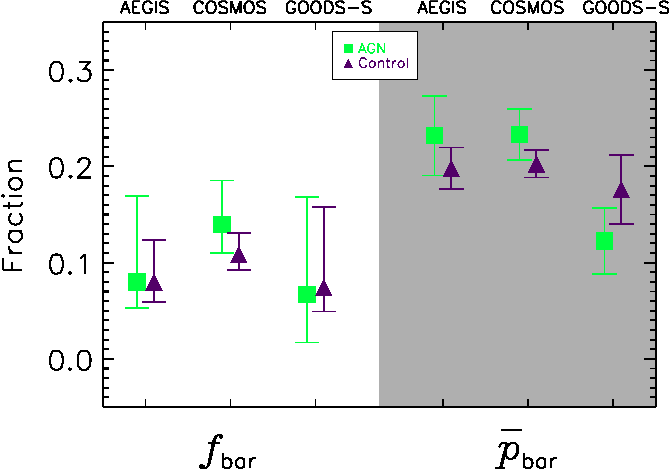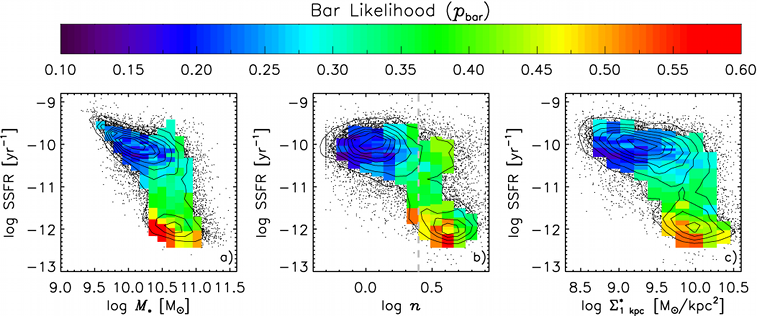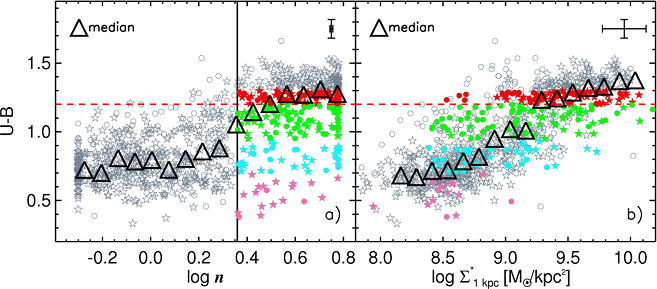Edmond Cheung


Welcome to my webpage! My name is Edmond Cheung and I'm a postdoctoral fellow at the Kavli IPMU.
My research focuses on galaxy evolution. Specifically, I am interested in the connection between galaxy structure and galaxy evolution. I've studied the dependence of galaxy quenching on inner galactic structure, and the role of galaxy bars on galaxy evolution.
Now at IPMU, I'm working on the MaNGA survey, an SDSS IV project that will provide resolved spectroscopy for 10,000 nearby galaxies. With the unique capabilities of MaNGA, I hope to further our understanding of the relationship between galaxy structure and galaxy evolution.
Below are some highlights of my recent works.

Stellar bars have been considered an AGN fueling mechanism for decades. But while there have been many works that have explored this topic in the local universe, there have been almost none that have explored this issue beyond z=0 (where the number density of AGN is significantly higher than that at z=0). Thus using Galaxy Zoo: Hubble, we investigate whether bars can fuel AGN at z>0 in Cheung et al. 2015.
The above plot shows the main result of Cheung et al. 2015---the bar fraction of AGN hosts are not significantly higher than the bar fraction of non-AGN hosts, suggesting that bars do not fuel AGN at z>0.

Bars are thought to be the major drivers of secular evolution. They are also present in up to two thirds of the local disk population, suggesting that they significantly affect galaxy evolution, at least at z~0.
Using Galaxy Zoo 2, I've lead a project in which we searched for evidence of bar-driven secular evolution. Specifically, we explored the behavior of bars as a function of several parameters that are predicted to significantly affect bar-driven secular evolution. The above plot is Figure 3 from Cheung et al. 2013. It shows that the bar likelihood, i.e., the likelihood a bar exists, is related to the properties of a galaxy, indicating that the existence of bars are connected to galaxy properties.
Moreover, these trends match the predictions of bar-driven secular evolution, strongly supporting the theory of secular evolution. This implies that bars are important drivers of galaxy evolution. See Cheung et al. 2013. for more details.

The number of red sequence galaxies has doubled since z~1 while the number of blue cloud galaxies has remained relatively constant. A natural interpretation is that galaxies evolve from blue to red with time, i.e., from star forming to 'quenched.'
In Cheung et al. 2012, I led a project to discover what the underlying physical processes are behind quenching. While we were unable to identify the quenching mechanism, we were able to place strong constraints on the quenching process. We found that red and blue galaxies were best separated by the central stellar surface mass density (see above figure, which is Figure 7 from Cheung et al. 2012), suggesting that whatever quenches galaxies must also significantly increase the central stellar mass of galaxies.
I am a member of the following teams: